A Brief Introduction to Knot Magick
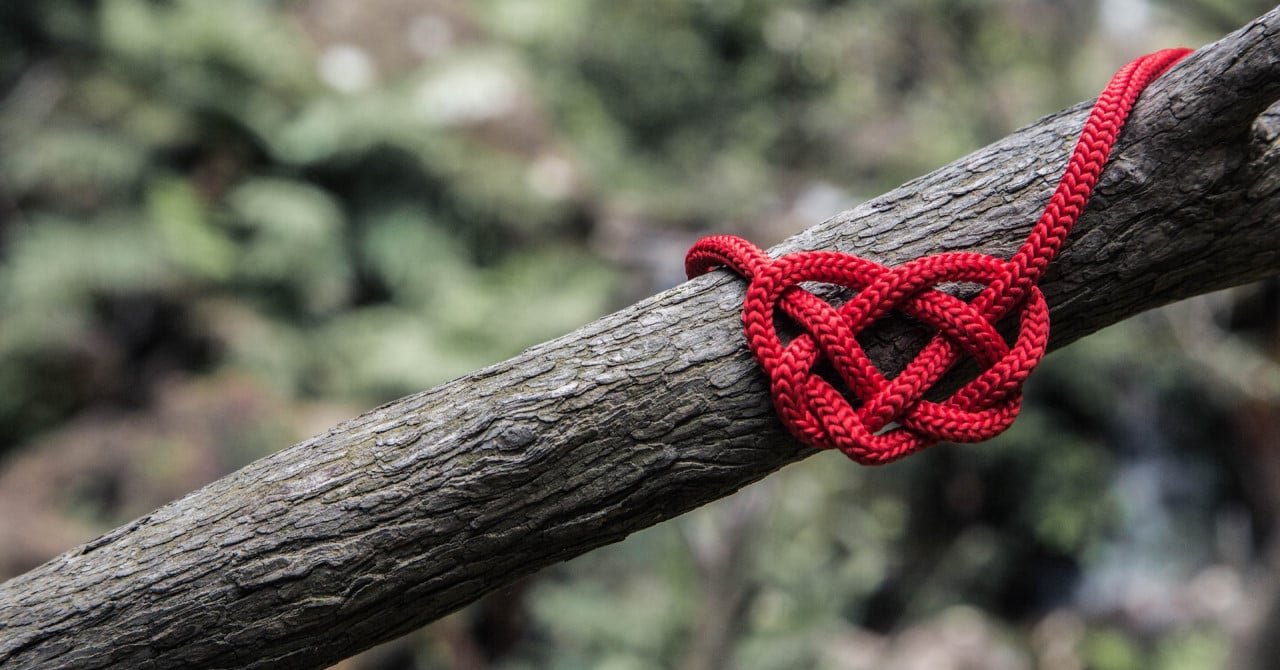
October 19, 2022
Estimated Read Time: 12 Minutes
Using special items or wearing specific robes will aid a Wiccan in casting their magick. Most people will assume that a unique item must be used, like an object made out of gold or a piece of a mineral. However, even something seemingly mundane can have powerful magickal properties, if used right. One such everyday item, one that most people will definitely look over, is a knot.
As odd as it might seem to uninitiated practicing Wiccans, knot magick has been a staple of spellcasting for several millennia. Even in modern times, experts, such as Sarah Bartlett and Tylluan Penry, have written extensive books on the subject of using knots in sorcery. And it’s precisely because it seems so mundane and regular that a knot is a powerful tool in the arms of anyone who’s into Wicca.
So, in this article, we will try to introduce our readers to knot magick. We’ll delve a bit into its history, but we’ll mainly focus on its effectiveness and how (and where) best to use it.
History of Knot Magick
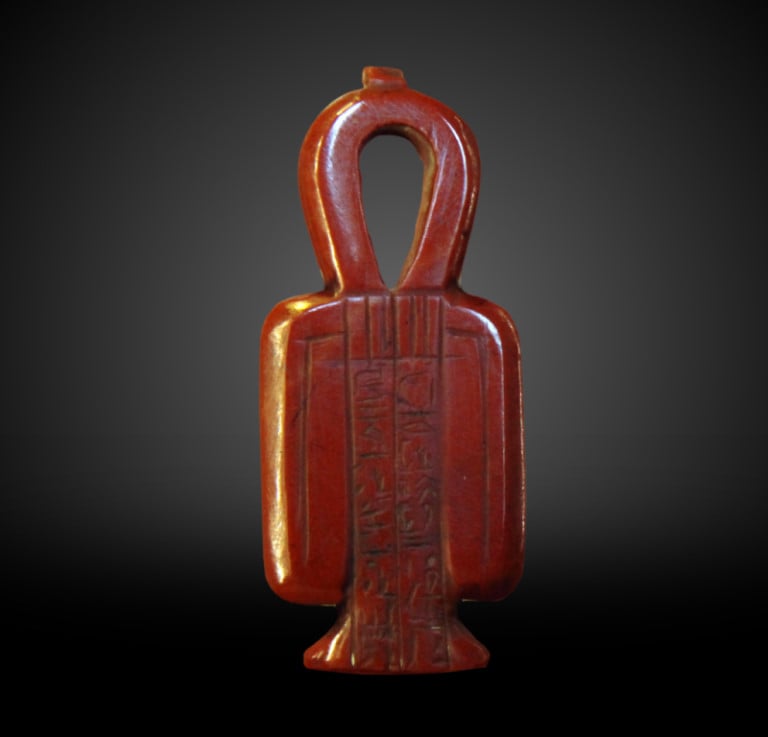
Speaking purely pragmatically, knots have been in use since the dawn of mankind. Prehistoric evidence shows us that our ancestors used knots thousands of years before they even invented the wheel. In a sense, knot-tying represents one of the oldest practices on this planet. Therefore, it’s no wonder why so many cultures would base their religious and supernatural beliefs on the knot.
One such example is the so-called knot of Isis, also known as the tyet. Ancient Egyptians would use this symbol to tie the robes at the front, and it has been found in tombs, suggesting it was placed there during the burial as an important sigil. This particular knot appears as a female uterus, or more accurately, as an ankh with its ‘arms’ down.
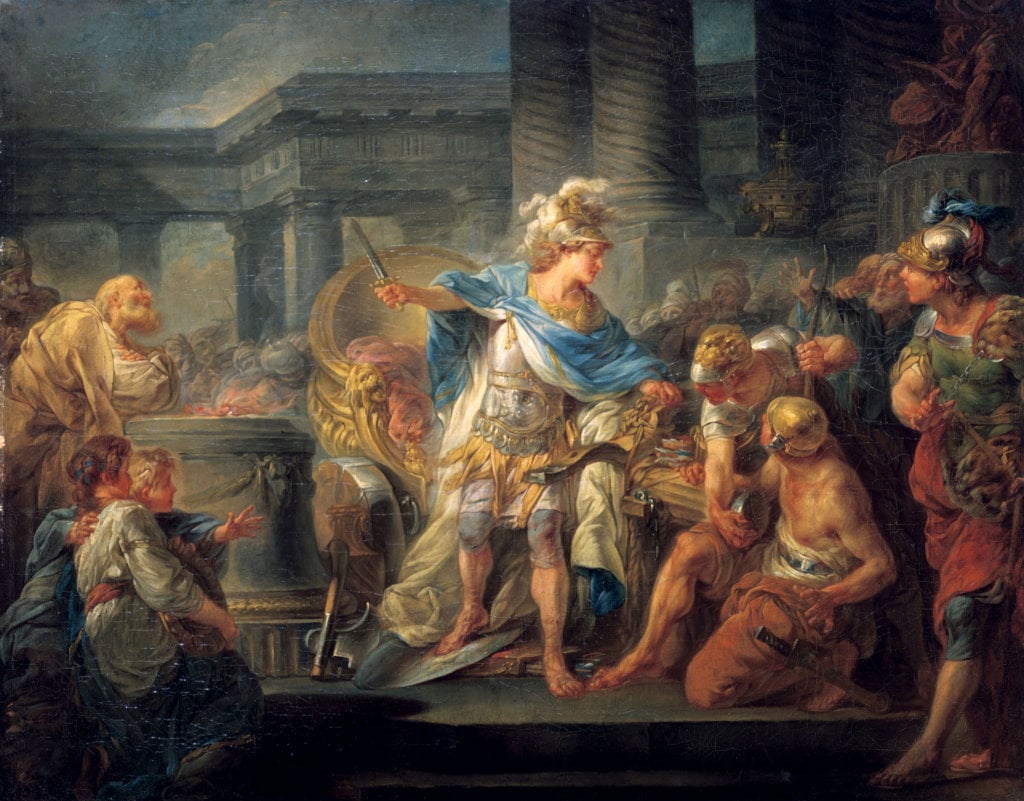
The knot was an important symbol in ancient Europe as well, with the so-called Gordian knot being the most famous example. Supposedly, this knot was impossible to undo, and Alexander the Great actually unraveled it only by cutting it down with his sword. The significance of this event is fairly simple: if the problem was too complex to untangle, find a different solution that’s effective and quick.
Various ethnic groups, from Celts and the Romani to the Finns and the Sami of Lapland, utilized knots in different magick and religious rituals. In fact, the knots were so prevalent that early Rabbinic scholars banned the practice during the Sabbath. However, Christians actually practiced a few customs that actually involved knots as a key element. For example, keeping charms on necklaces or in small bags would inevitably involve using a knot.
Knot Materials and Items to Consider
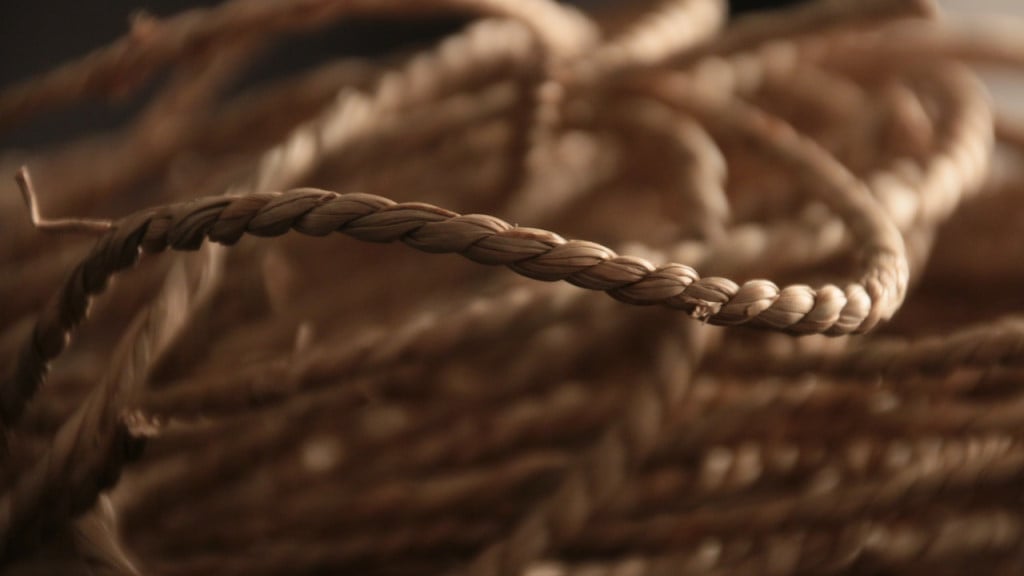
We know that many kinds of knots can be used in magick rituals, and we’ll cover a few a little later. For now, let’s go over the details of knot magick itself. Firstly, what’s the best material for a knot cord, and are some more susceptible to magick than others?
In reality, we can knot anything from stainless steel strings to frail stalks of dandelions. But if we want something accessible, yet durable and easy to work with, we can consider the following materials and/or items:
- Leather
- Lace
- Floss
- Thin chain
- Sinew
- Scarf
- Ribbon
- Shirt tie
- Thread
- Twine
- Vine
- Wire.
Every single item or material we’ve listed here can be found at a reasonable price in regular retail. Depending on the magnitude of our spell, we will also have to consider size, shape, friction, and durability.
Knot and Colors
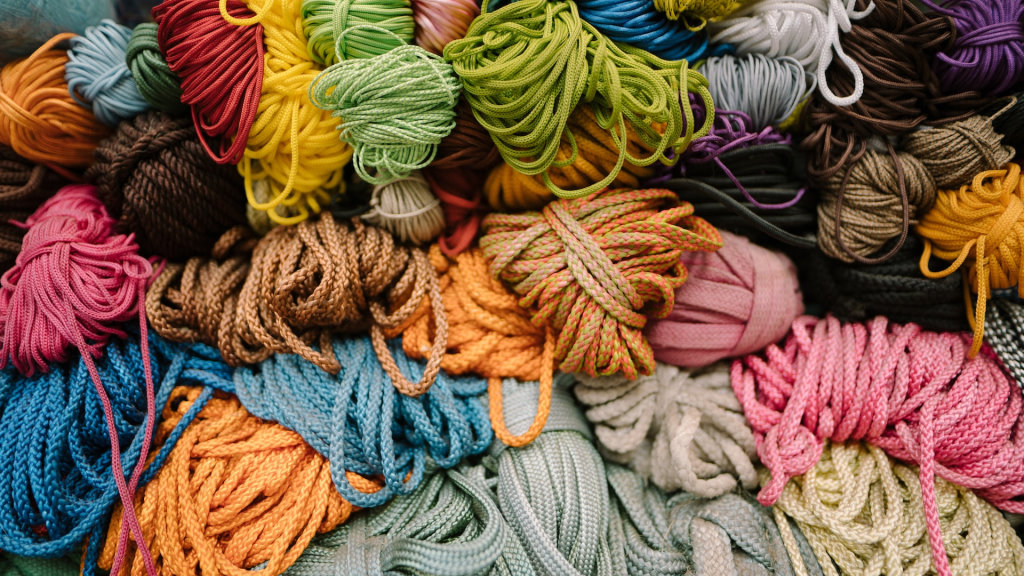
Color coding is highly important in Wicca teachings. For instance, most cool colors will have something to do with serenity and calmness, while hot colors denote fieriness, passion, and excitement. Neutral colors, like brown and gray, will be all-purpose.
Before getting a cord to make a knot, we recommend exploring the meaning of different colors in Wicca first. For practitioners that don’t have the time to do so, simply focus on the neutral colors and work on getting the knot right.
Knots and Numbers
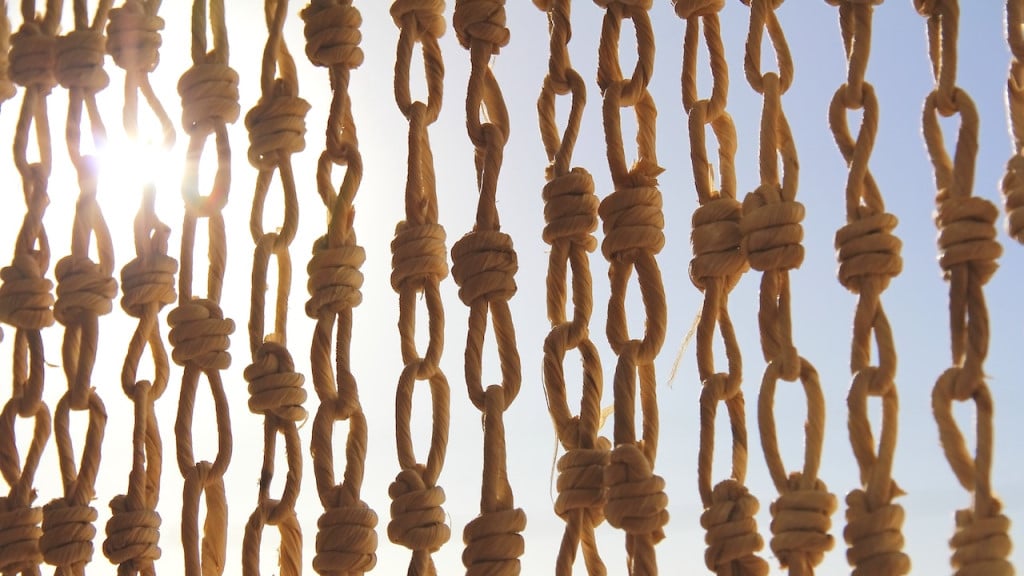
One knot will usually suffice, but let’s not forget how vital numbers can be in Wicca. To put it simply, maybe our specific situation will require more than one knot, and maybe the wrong number of knots will result in something negative.
As is the case with colors, we recommend additional research into numerology. Alternatively, simply match the number of knots to the number of the tarot cards and the meanings will usually overlap.
Our free Wicca 101 course provides the essential knowledge and skills
you need to start confidently practicing Wicca.
Join the Wicca Academy community today!
Magickal Uses for Knots
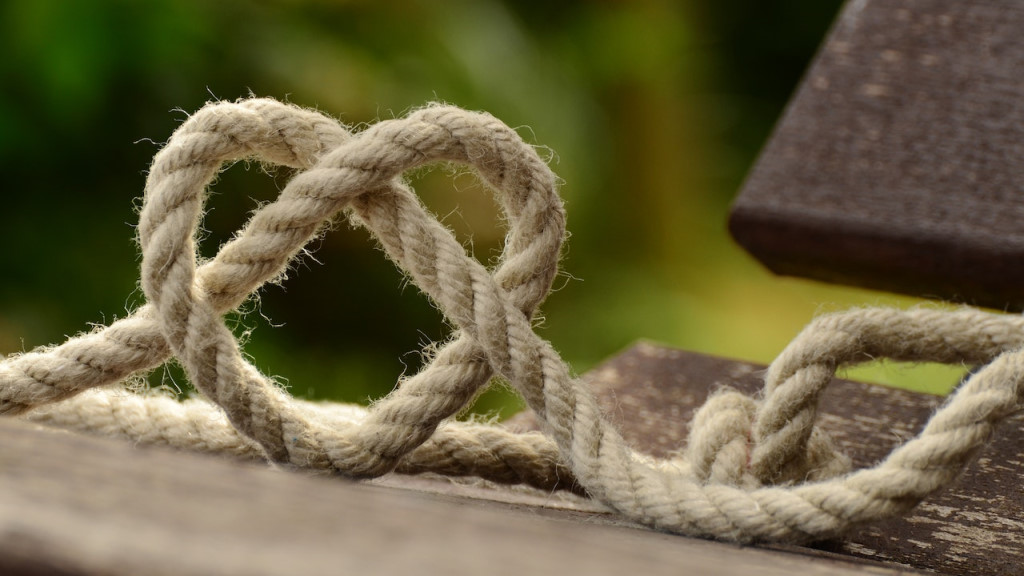
Binding
This particular aspect of knots is self-evident. Namely, if we want to bind something, we will tie a knot around it. For example, if a person has some negative traits that we want to help them keep down, we will tie a knot around an effigy that represents this individual.
Cooperation
When we braid several knots into a single unit, we can use them as a tool to improve cooperation. The goal is to assign a person per knot. As long as they are kept together, relations between the people they represent will improve.
Symbols of a God or a Goddess
Wiccans will want to strengthen their God or Goddess aspect, and braids with knots are the perfect way to do that. All we have to do is match the color, material, and number of knots to our desired aspect and keep the final product near our altar.
Luck
Assigning individual beads and binding them in one bracelet will help with luck. Of course, that luck won’t come true if nothing holds those beads together, so a nice, sturdy knot is the ultimate solution.
Love and Friendship
Whether it’s marriage or a ritual of binding friends together, knots can serve a highly important purpose. We can prepare a special type of knot that symbolically ties two people together. That knot can later be kept among other important items by either of the two friends or lovers.
Joining and Releasing
We’ll use an illustrative example to demonstrate this particular use of a knot. Let’s say that one string represents us and another represents the partner we want to be in a relationship with. By tying the two strings and using an incantation, we’ve performed a joining ritual. On the other hand, if we want to leave that partner, we simply undo the knot and release the two strings.
Weather Magick
Individual knots on a rope can represent different types of weather. By binding ropes with differently assigned knots, we can expect a particular type of weather on that day.
Self-Improvement
Do we want to be stronger? Why not tie a knot or two around our hands and cast a spell? The same can work if we want better memory — it just takes a braided knot crown. What about a nice little ankle bracelet of knots for our feet to make us faster or give us more stamina? The possibilities are endless.
Performing Knot Spells: What to Consider
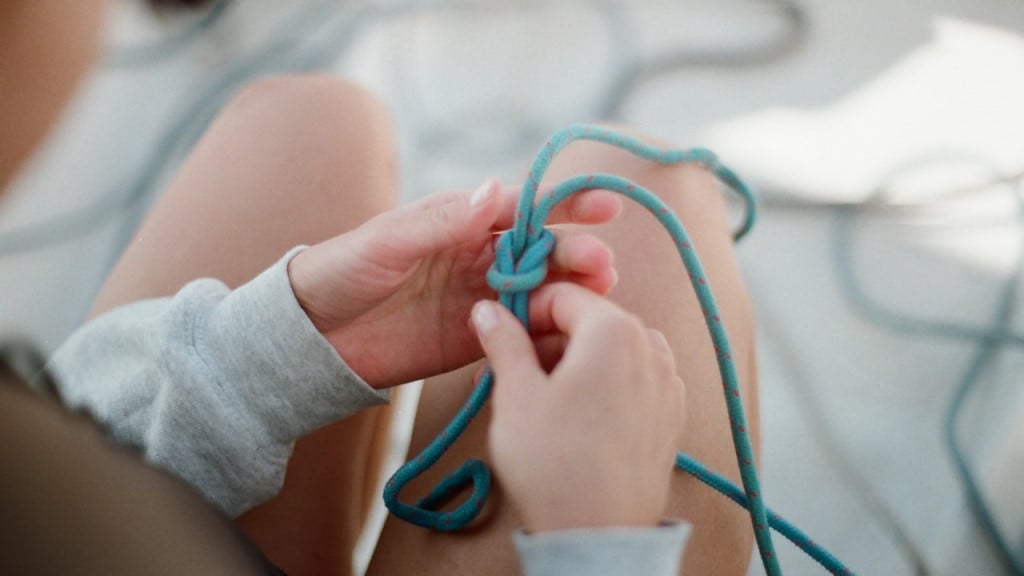
Some of our readers might be wondering how to actually perform a knot spell. Are there incantations involved? Can a knot spell be silent? Do they involve any other steps besides the act of tying itself? What about untying knots; is there a difference in approach when it comes to either tying or untying?
All valid questions, so let’s get down to brass tacks. As is the case with most magick, it depends on the intent and the context. First of all, we should think of the cord itself as the representation of our current conundrum. It can be anything from a situation to a person. The key is to make sure that our intent is felt when we have that cord in our hands. We need to visualize the issue and infuse all of those thoughts related to it into the cord. Sometimes it’s enough to just close our eyes and concentrate on the problem while holding the cord. Other times, we have to say a few details out loud. And yes, sometimes a small chant or a few magick words will be required.
As stated, the main thing that a Wiccan needs to do is to channel their intended purpose into the cord. We’ll use an example to illustrate the point.
If we want a person to remain our friend, we will visualize that person or the friendship itself while holding the cord. The act of tying the cord will symbolize the act of strengthening a friendship. In a similar fashion, if we want a person to leave us alone, we will channel those feelings on an already bound knot and then untie it. Once again, the act of untying a knot symbolizes the departure or termination of something.
Love this article? Share the magick with your friends and loved ones!
Different Types of Knots
Obviously, there are lots of knots out there. According to some statistics, that number can be as high as 352 million. Naturally, we can’t cover every single knot in this article, but we will focus on a few key ones that are crucial for all Wiccans.
Reef Knot
This type of knot has several other names based on slight variations of binding. And depending on what name we use, or rather how we bind it, its properties can be positive or negative. The alternative names and forms of the reef knot include:
- Hercules knot
- Granny knot
- Thief knot
- Grief knot
- Square knot
- Surgeon’s knot.
Historically, reef knots have been in use since Ancient Egypt, and authors of old, such as Pliny the Elder, claimed that this knot had the ability to boost the healing of wounds. For these properties, and others, Roman brides would tie their girdles using reef knots and husbands had to untie them during the wedding night. In fact, the very expression ‘tie the knot’ denotes marriage, and it might have derived from this practice.
Getting a reef knot is fairly simple. All we have to do is tie a left-handed, overhand knot between two ends, and then do the same with a right-handed variant of the overhand. The simple way of remembering this method is the good old chant, “right over left, left over right — makes a knot both tidy and tight.”
If both knots happen to have the same exact handedness (i.e., both are right overhand knots), we will get a granny knot, which is considered inferior to a regular reef one. Alternatively, if the working ends of this knot don’t both end up at either the top or the bottom, we get a thief’s knot. Therefore, we should be careful how we bind the ropes together. The wrong kind of knot can be harmful to us, both in purely practical and Wiccan terms.
Figure-of-Eight Knot
Once again, we have a variant with several names, including the figure-eight knot, Savoy knot, Flemish knot, and the double stopper. Much like a typical overhand knot, this variant is known for jamming under strain. In other words, the more we tug on it, the harder it will hold and more difficult to get undone. Though, speaking of getting undone, we can make a figure-of-eight knot loose much easier than an overhand knot.
Tying a figure-of-eight sounds complicated when we put it into words, but once we get it right, we’ll easily replicate the process. Firstly, we tie a single 8-shape in the rope approximately two feet from its end. Next, we pass the free end straight through any of the free tie-in points. We then retrace the original 8-shape and leave a single loop at the bottom. Finally, we pull on all four visible strands of rope to secure it into place.
The main purpose of a figure-of-eight knot is to keep something safe and secure. Sailors, climbers, and even field workers use this knot when they want their rope to have extra strength during pulling or yanking.
That trait is equally present in magick rituals. In other words, figure-of-eight knots will be vital if we want to strengthen or reinforce specific situations, bonds, relationships, or even states of being. And we don’t have to worry if that event or entity lingers on too long. Since this knot is easy to untangle, we can just as swiftly get rid of something as we can retain it.
Celtic Button Knot
Right here, we have a stopper knot that is a bit harder to both tangle and untangle than the previous two. Its name stems from the fact that most people only use it for one of two purposes:
- To stop the rope from fraying
- To function as a button on any item of clothing.
Tying this knot takes a lot of time and practice. Therefore, we highly recommend checking out a decent YouTube tutorial to get it done right. Simplified, the instructions go as follows:
- Make two consecutive overhead loops with one partially overlapping with the other, forming two petals of the four-petal flower
- Weave the left end of the rope horizontally through the loops to the right, going over-under-over-under until you form the third petal
- Weave the left end again, but this time from the left side, going over the edge-under-under-over-up through the central hole, gaining the fourth and final petal
- Tighten the whole rope, with the petals closing in and forming a hard little ball.
Considering how durable this knot is, its magickal properties are similar to the figure-of-eight knot. In short, we will most likely be using it to fortify or strengthen something important in our lives. And since we can literally make buttons using this knot, it will serve us extra well as a periapt or a charm.
Slip Knot
Unlike all of the knots we’ve listed above, the slip knot is incredibly easy to undo. In reality, it’s a stopper knot whose entire purpose is to get untangled without a lot of effort. That’s why crocheters use it to start off their projects.
Now, most people will not consider a slip knot, or any of its variants, to be incredibly useful. The same goes for Wiccans. After all, why would we put any effort, energy, and hard work into something that untangles with just a tug at one end?
Well, like all things, it depends on the context. Sure, we might not use a slip knot for reinforcing an event or an entity. But we can apply other types of magick to it, or use it as a conduit for other purposes. For instance, we can hope that good fortune easily follows a person by unraveling a slip knot and ‘releasing’ that fortune into the world. Furthermore, if we feel something constraining us, an easy-to-loosen charm can greatly help us de-stress.
Example Knot Spells
There are lots of interesting knot spells out there, so here are a few to help newcomer Wiccans get going.
A Simple Knot Spell
We can use this spell to visualize our desires and give them a physical, tangible type of protection.
Step #1: We create an image of our desire in our mind.
Step #2: One by one, we tie around nine knots, keeping the image in our mind.
Step #3: We utter the following incantation:
I tie the knot and set it right
I tie it true and tie it right
I tie the knot and count to nine
And now the thing I want is mine.
(Incantation courtesy of Spells8)
A Destructive Knot Spell
Step #1: We create an image of our issue or problem in our mind while holding the cord.
Step #2: We let our emotions go free, we get either angry, sad, enraged, or all of the above.
Step #3: Taking the cord, we firmly tie the knot and just leave it there.
Step #4: We take as much distance between us and the knot as possible, e.g., leaving the house for a walk to clear our mind.
Step #5: When we come back, we slowly and calmly undo the knot.
Knot Magick Summarized
Knots may not look like much, but in the world of Wicca, they bear lots of meaning. Hopefully, this article has given our readers some ideas on how these wonderful bindings can help them with their everyday lives and, of course, get in touch with their magick.
Check out our other articles:
Sigils for Newcomers
Jar Spells Made Simple
Get to Know Your Familiar
Kitchen Magick for Beginners
Moon Phases and Simple Rituals
See All Articles
Love this article? Share the magick with your friends and loved ones!
Just celebrated Mabon last night. We have a small group of only
four, but the celebrations are very meaningful.
Bev Cotton